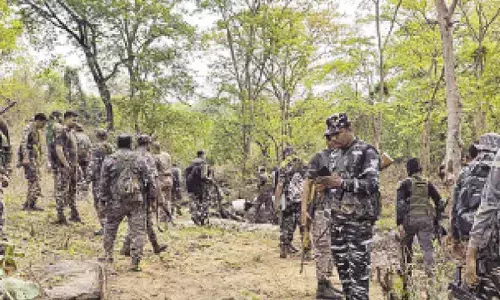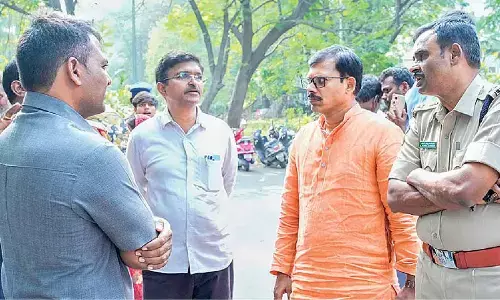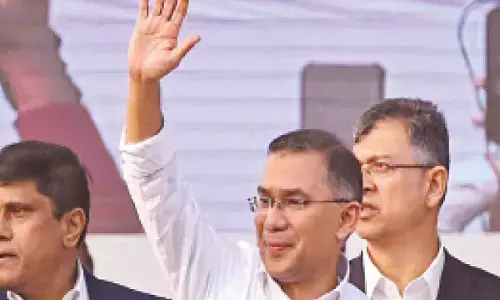Interpreting the mandate

It’s a remarkable victory for BJP. The UP win makes the BJP an indomitable political force across the country. Though the Punjab victory is a consolation for Congress, the real story is in Uttar Pradesh as it is the largest state. However, the Congress revival and the BJP rout in Punjab cannot be insignificant.
It’s a remarkable victory for BJP. The UP win makes the BJP an indomitable political force across the country. Though the Punjab victory is a consolation for Congress, the real story is in Uttar Pradesh as it is the largest state. However, the Congress revival and the BJP rout in Punjab cannot be insignificant.
Thus, the mandate 2017 seems to be more or less an anti-incumbency vote. The next round of Assembly elections is in the BJP-ruled states, and any repeat of this trend is something for BJP to be cautious.
Several factors defined the historic victory of BJP. The party went to Assembly polls against the backdrop of a landslide the party had in 2014. The BJP secured over 42 per cent of votes polled in UP in 2014.
It could retain nearly 40 per cent vote share in this election, indicating that the vote 2017 is a clear continuity of the 2014 trend. Shunning its urban-upper caste image, the BJP could consummately work out its caste arithmetic by giving at least 148 seats to members of other backward classes (OBCs).
Upper castes, especially Rajputs and Brahmins, were given more than 110 seats.The significance of the win can be understood from the fact that the BJP won 221 seats in 1991, at the peak of the Ram Janambhoomi movement. However, all the above explanations can only tell the story partly.
The unparallel organisational machinery of the party and the unwavering charisma of its leader, Narendra Modi, made a difference. The SP-Congress combine failed to beat the anti-incumbency incurred by Akhilesh regime. The performance of Congress is much more deplorable as it could win less than 10 per cent seats it contested in coalition. Alliance with Congress failed to deliver rich dividends for SP.
The UP mandate also owes to an assiduous social engineering effected by the saffron brigade. It could successfully garner the support of Most Backward Classes (MBCs), who form nearly 36 per cent of the state’s electorate, disenchanted with Yadav predominance in politics.
The lotus seems to have also lured the poor among dalits, cutting into BSP vote base. In fact, the BSP, though down, did not vanish, thus benefiting the BJP. The impressive win of BJP nominees in predominantly Muslim-dominated seats indicates the fact that the anti-BJP forces shared the Muslim vote, preventing an en bloc negative vote for BJP.
The electoral demise of RLD helped BJP sweep the Western UP. BJP scripted an appreciable mandate across all the regions of the state, including the strongholds of Yadavs.
Punjab has a different story to tell. The Congress is the clear beneficiary of strong anti-incumbency suffered by the Akali Dal-BJP combine. The hype generated by AAP in the fray did not fully translate into vote. The internal dissensions in AAP might have inflicted the damage. The BJP was the worst sufferer in Punjab as compared to its alliance partner.
The urban Hindu vote deserted BJP partly in favour of AAP, while Shiromani Akali Dal could at least retain some of its hold on the Sikh peasant vote. It’s wrong to extrapolate the 2017 mandate for 2019. In India, the national mandate is the sum total of state-level mandates.
The Assembly elections provide only a disaggregated view of political landscape. Interpreting it as a holistic picture is erroneous.

















